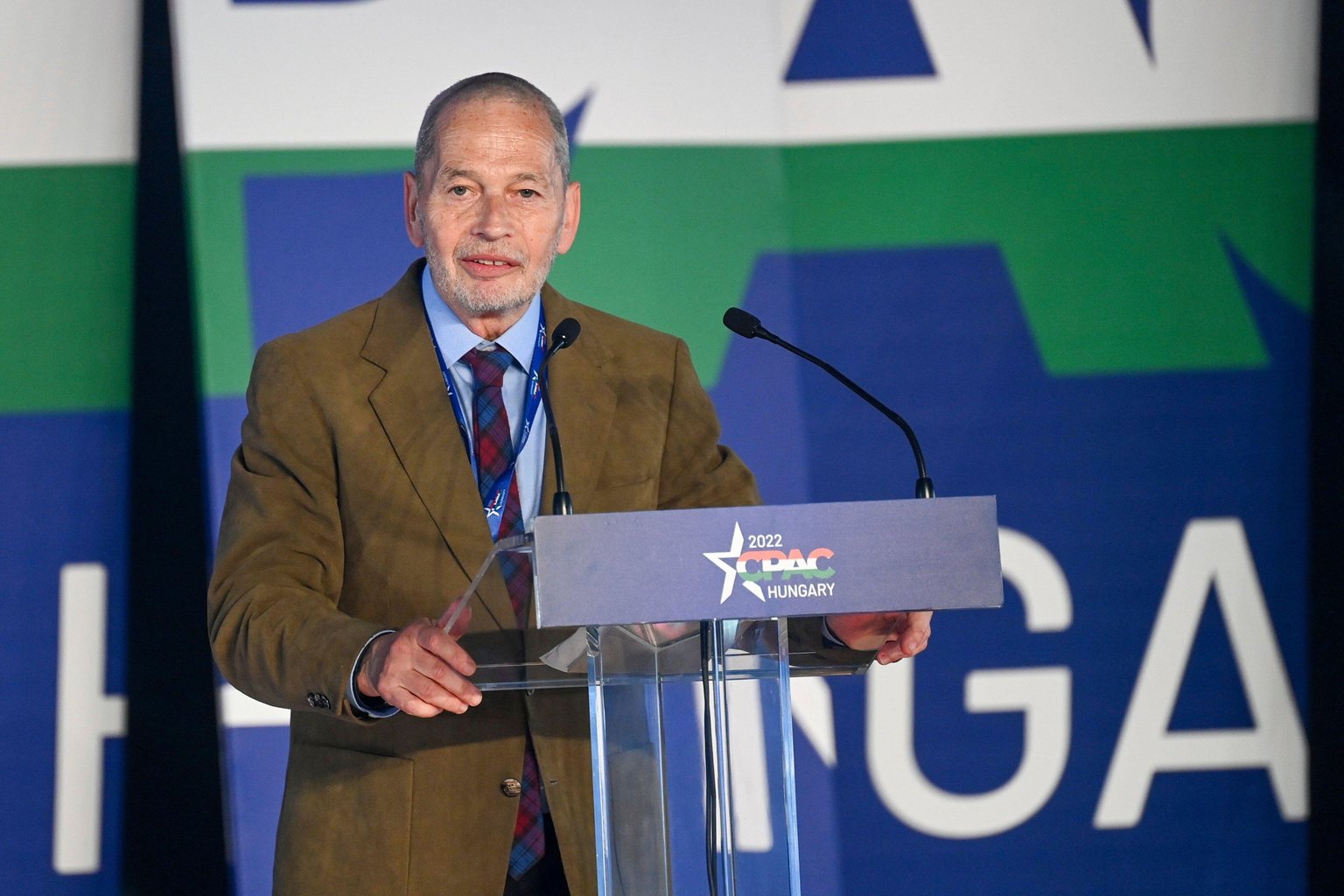The race riots which erupted this month in the UK in response to disinformation about the knife attack at a Taylor Swift dance class in Southport, took many people by surprise.
But not Joshi Herrmann, the founder of Mill Media, whose company has a new approach to local journalism. What began as The Mill in Manchester, now has outlets in Liverpool (The Post) Sheffield (Sheffield Tribune) and Birmingham (The Dispatch).
Two and a half years ago, Herrmann’s reporters first noticed that far-right individuals had begun mobilising on social media.
“We felt a big concentration in the North West [of England]. They were turning up at hotels, demonising the people inside and harassing the staff,” Herrmann told Index. “It was a new way for the far-right to get attention.” He said social media acted as a motivating factor: “Turning up at hotels was a good way of building a following.”
For Herrmann, Reform leader Nigel Farage played a central role in this growing movement targeting asylum seekers. “In the summer of 2020, Farage did three separate videos where he turned up at hotels trying to put them on the spot,” said Herrmann. “This tipped from legitimate inquiry into rabble-rousing. He said they could be ISIS. This is bad faith speculation.”
The videos got millions of views and thousands of comments on YouTube – some very dark and threatening.
“A significant part of the blame for getting these hotels into the public eye needs to be shouldered by Farage,” Herrmann added.
Herrmann’s newletters are distributed via the Substack platform and around 8,000 subscribers pay a monthly or annual fee. Some 100,000 have signed up for a limited free version.
The sheer volume of subscribers is a testament to the vital importance of local journalism to many people – and local journalists are able to spot movements and trends beyond metropolitan London.
As Herrmann said: “When I saw these people… I was less surprised than some because this has been building.”
Mill Media’s work has attracted plaudits from high-profile media figures such as former New Yorker editor Tina Brown and Sir Mark Thompson, the CEO of CNN. The bold claim is that Herrmann and his team are “redesigning old-school journalism for the digital age”. There is a genuine belief that the corpse of local journalism can (and must) be revived.
Herrmann is evangelical: “It is true that the business model has collapsed. Local media advertising has collapsed. There are fewer jobs in local journalism. But people really care about what’s happening on a local level. In most cases they are just not being given good local information. There has been a tendency to make local news mundane. We thought there might be a way to do local journalism through storytelling that was in depth and surprising: local journalism that doesn’t seem like local journalism.”
The Mill Media model has come into its own over the asylum hotels story enabling the network to identify a nationwide phenomenon.
The operation will shortly extend its reach north of the border to Glasgow and, in its biggest challenge, to London. If local journalism is dying, then no one has told the 267 applicants for a single reporting job on the new publications.
“Journalism is not just about information,” said Herrmann. “It is about transporting you to that place when you are not there.”
Subscribers to The Tribune can read an account of the attack on the Holiday Inn housing asylum seekers near Rotherham and judge for themselves. In a long read headlined “The Boy at the Window”, reporter Dan Hayes gives a very personal account of events at the riot.
“While I was stood near the reception, a young boy in the hotel of around seven looked out of a window right at me. I would love to think he knew I wasn’t one of the hate-filled people I was surrounded by, but there’s no way he could have. I can still see him in my mind as I write this piece. The confused stare of a young boy who has no idea what’s going on and why these people seem to hate him so much.”
This is rough-and-ready, heartfelt reporting. Perhaps not to everyone’s taste, but it’s certainly not mundane.






